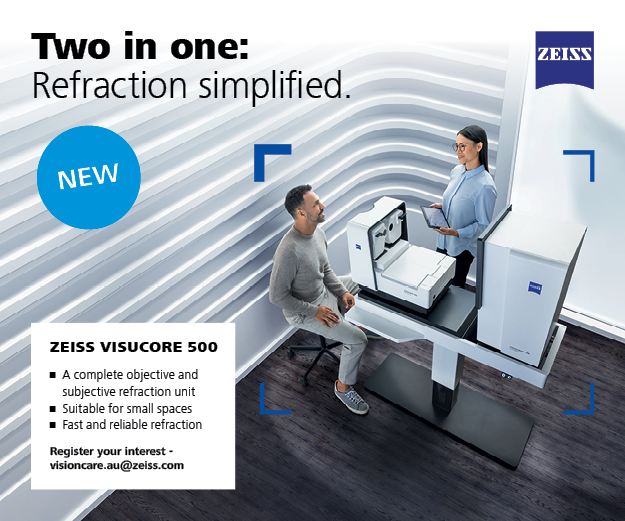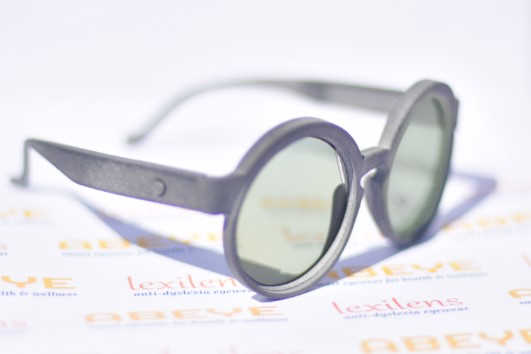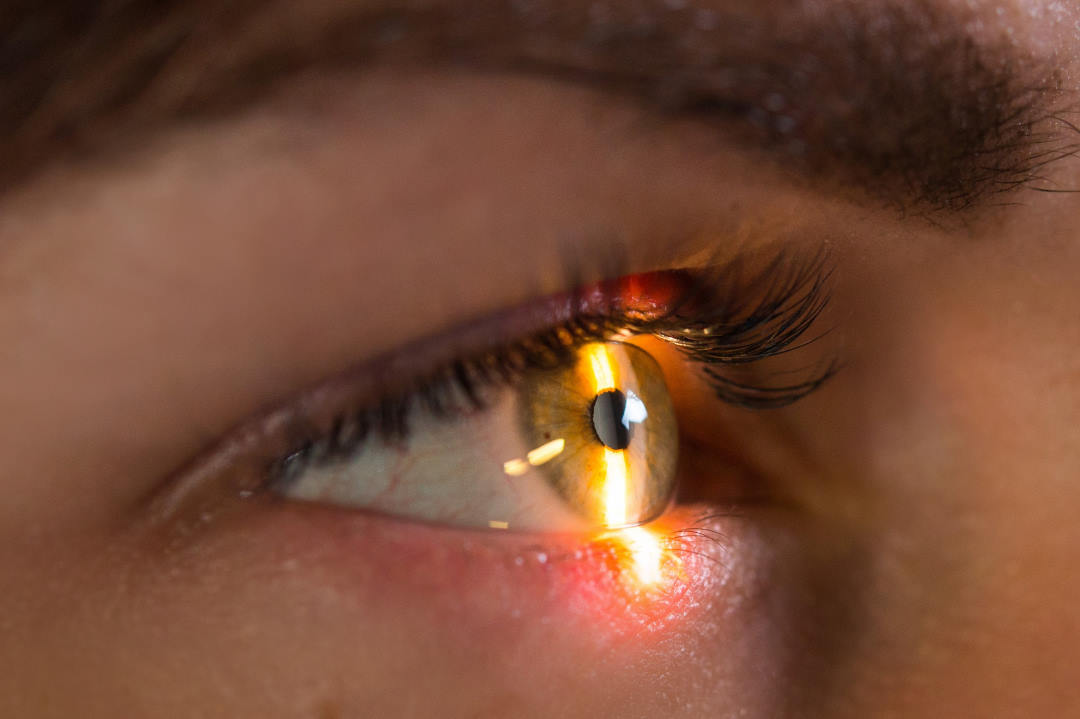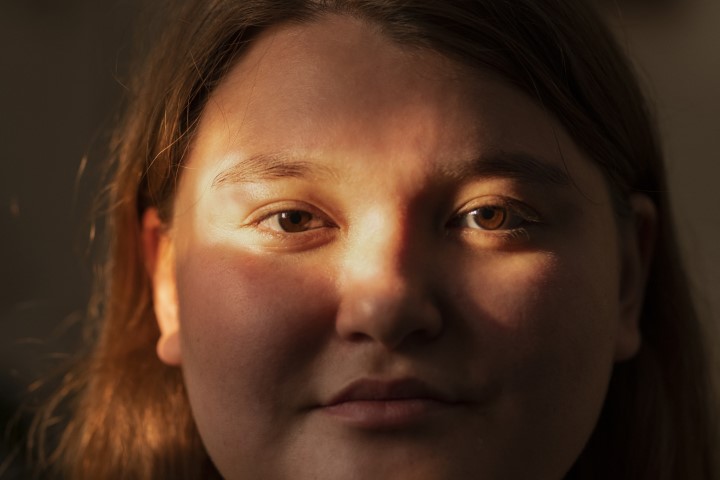Reading glasses for dyslexics
French start-up Lexilens was awarded Silmo’s Special Price Visual Health for its innovative reading aid eyewear for dyslexics.
Lexilens is the result of two years of collaborative research between Abeye and University of Rennes scientists who recently discovered one probable cause of dyslexia. Leveraging the findings, the team has developed electronic lenses to filter out mirrored images that make reading difficult for people with dyslexia.
The study compared the eyes of 30 non-dyslexics and 30 dyslexics and found differences in the shape of spots in the eye where red, green and blue cones (responsible for colour vision) are located. In non-dyslexics, scientists found the blue cone-free spot in one eye was round and in the other eye it was oblong or unevenly shaped, making it less dominant.
In dyslexic people, the same round-shaped spot was evident in both eyes, meaning neither was dominant. This results in the brain being confused by two slightly different images, said scientists Guy Ropars and Albert le Floch. This lack of asymmetry "might be the biological and anatomical basis of reading and spelling disabilities," they concluded.
Dyslexia expert Professor John Stein of University of Oxford, told the BBC he found the study interesting, saying that a dominant spot in one eye meant there were better connections between the two sides of the brain and therefore clearer vision. However, he said the research doesn’t explain why these differences occur and are unlikely to explain everyone's dyslexia.
Lexilens glasses are compatible with prescription lenses and provide an immediate effect, improving reading speed and ease in most cases, said Abeye. Wearing the eyewear does not require any training and it works regardless of native language. Primarily targeted at children, the lenses offer two days’ battery power without charging and will be available in spring 2020.


























